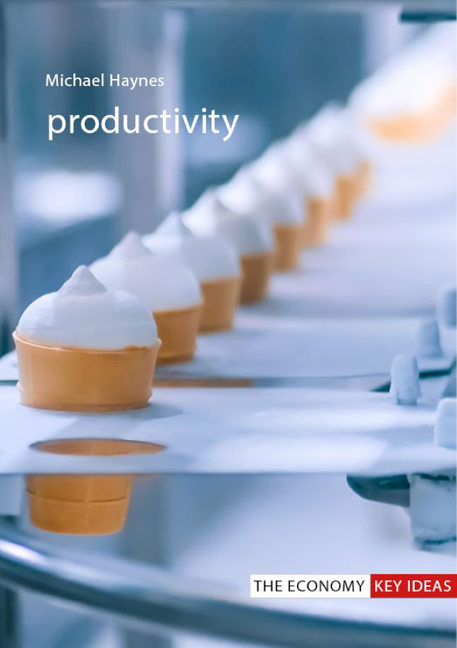Book contents
- Frontmatter
- Contents
- Preface
- 1 Productivity: “it is almost everything”
- 2 How does productivity happen?
- 3 Mysterious figures
- 4 Can productivity growth go on forever?
- 5 It’s tough at the top
- 6 Miracle productivity growth in the Asian Tigers?
- 7 Coming last? Low productivity in Africa
- 8 Productivity in a different world
- Bibliography
- Index
3 - Mysterious figures
Published online by Cambridge University Press: 20 December 2023
- Frontmatter
- Contents
- Preface
- 1 Productivity: “it is almost everything”
- 2 How does productivity happen?
- 3 Mysterious figures
- 4 Can productivity growth go on forever?
- 5 It’s tough at the top
- 6 Miracle productivity growth in the Asian Tigers?
- 7 Coming last? Low productivity in Africa
- 8 Productivity in a different world
- Bibliography
- Index
Summary
Productivity appears to be a simple calculation, but what do we measure and how do we add things together? This chapter is about these numbers and how they are arrived at. Sounds boring? Let us try again. This is a chapter about whether we should measure cooking, toilet training, sex, drugs and “rock and roll”, and how. It is about discrimination and misogyny. It is about tax dodging, cheating and lying, even cooking the “national books”. It is also about the new layers of complexity that are growing as a result of the organizational shift from creating new value to forms of “rent seeking”. Debt seems to be everywhere. State licences create “illusory” value in intellectual property. Modern business is rife with subsidy extraction. Tax dodging is endemic, speculation commonplace (Standing 2016; Mazzucato 2018a). Capitalism is moving ever further away from any textbook model and everyone is struggling more to get the “data” and to make sense of it to logically and to consistently measure real outputs and real inputs. Things are not as simple as they might seem.
Measuring matters
For thousands of years, day-to-day measurements were done by rule of thumb, sometimes using local measures. Even everyday conceptions of time were vague. The rise of capitalism demanded more precision. This was partly a question of technology, but it was also an economic requirement. Companies wanted to know their accounts and new states their populations. Common national and international systems of physical measurement were developed. Pioneers began to ask questions about what the size of outputs and inputs might be in a “nation”: not just the population but the size of the labour force, the area of land being farmed and the total amount of coal or iron being produced. Investigators became interested in understanding the ways in which tools were being used and machine production organized. Charles Babbage, having thought about the basic idea of a computer, perhaps in anticipation of the idea of garbage in–garbage out, was anxious to accurately describe, measure and count what went on in workshops and factories in early nineteenth-century Britain.
- Type
- Chapter
- Information
- Productivity , pp. 47 - 68Publisher: Agenda PublishingPrint publication year: 2020



